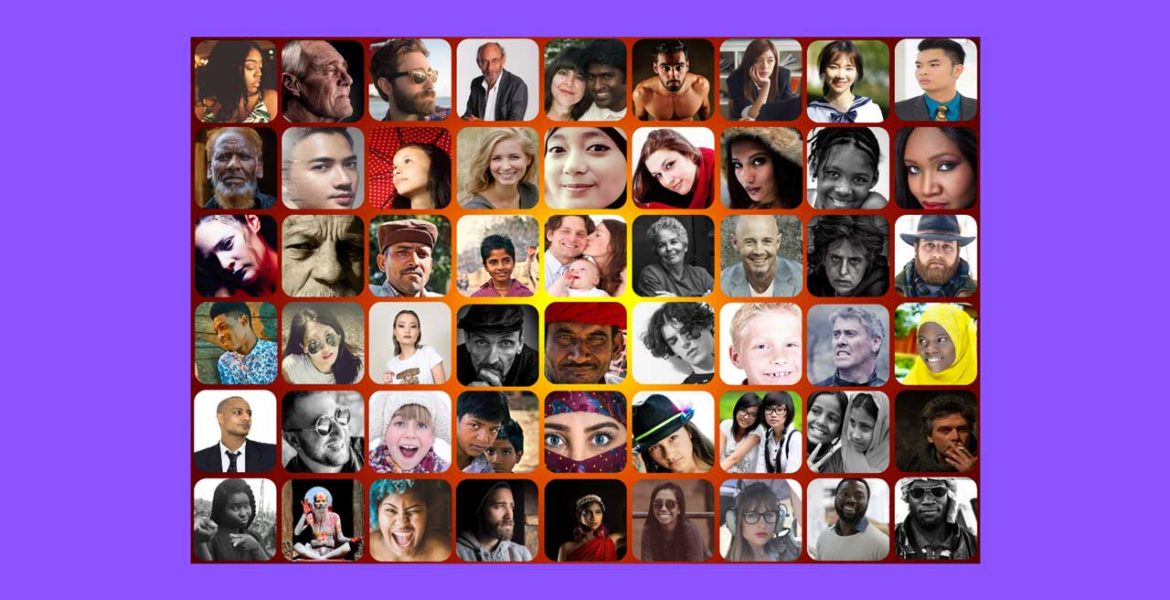AW360 sat down with Dr. Rebecca Swift, Global Head Of Creative Insights at Getty Images, to talk through their latest data detailing why visual authenticity—or what she lovingly refers to as Realness—is something consumers can sense, and will be key as we head into 2021 and beyond.
First off, can you share a bit more about this recent survey effort, including a few highlights in terms of data?
The big takeaway from the Visual GPS global survey that we conducted over the summer is that consumers see through brands’ surface-level commitments to diversity. Which means brands can’t afford to “BS” them with shallow or tokenistic visuals or statements.
For instance, nearly 80 percent of consumers globally said they expect that brands demonstrate a consistent commitment to inclusivity and diversity in their advertising. The same percentage also said that brands need to do a better job at capturing people’s lifestyles and cultures—specifically, stating that it’s not enough to show people of various ethnicities, but that they want brands to show the cultural nuances that set them apart, too. We’re of course talking about race, especially in the wake of powerful protests seeking to dismantle racial injustice—but we’re also talking about gender, age, body type and beyond.
And interestingly, it is a body type that the most significant percentage of consumers across demographics are considering when they talk about diversity in advertising. 79% agree that brands should show different body shapes which when compared to how consumers feel they are discriminated against aligns with the largest percentage of people who feel it was because of their size.
What does that mean for brands?
It means that we can do better as marketers, brands and creatives. I’ll put it this way: It’s a misstep on a people-front if you don’t prioritize lifestyle culture and realness in your visual communications, given how much we know consumers value these things. But it’s also a misstep on a business front as we know that brand purpose impacts consumer purchase behavior which could impact your sales.
For example, when we surveyed consumers in our initial survey in 2019, we found that roughly a third had boycotted a brand that went against their values in the past two years, and another third said they had started purchasing a brand that supported a cause they believe in. What this means to me, as someone eternally focused on uncovering data-driven insights, is that value-based marketing will continue to be the way forward when it comes to creating lasting impact and this seems to have grown in strength because of COVID19
You’ve shared what this means in terms of consumer expectations, but what sort of demand have you seen on the part of your customers, often seeking to source content for their brands or clients’ brands?
In 2019, we saw that the term “diversity” was up 133 percent year-over-year which suggests we’re moving in the right direction. And then this spring—from May to June 2020—we saw another boost, nearly 200 percent, which again demonstrates that demand is on the rise. Over the same period, searches for imagery around “unity” and “equality” increased by 500 percent, likely as a result of anti-racism protests throughout the month of June. It’s progress, but more traction must be gained. The momentum must continue.
You’ve said that there are seven communities that every brand must consider in an effort to create inclusive advertising. Can you walk us through those?
The seven communities are Race & Ethnicity, Gender, Sexual Orientation, Bodies, Ability, Age and Religion, and when we take each one into consideration and very importantly intersectionally, we’re better able to ensure that every output is as real and relevant as possible and ideally, free from stereotypes. As we like to say, if you change the image you can also change perception, and in this way, we can collectively work to promote realness and avoid bias.
According to our survey, 62 percent of consumers have encountered discrimination and bias in their lives—meaning more people have than haven’t. Notably, this particular sentiment is more common among Gen Z relative to other generations, among women relative to men, and among Americans, relative to Europeans.
So what opportunities are out there?
As I mentioned earlier, we have found that more than half of our respondents have experienced discrimination for having a heavier body type. But it also creates a very real opportunity which savvy brands can tap into, specifically, that they could potentially forge greater connections with their audiences if they go beyond normative and traditional depictions of bodies and abilities in their visual choices.
Here’s another one: Three-fourths of those aged 50+ who said they’ve experienced discrimination, said it was due to age. So my gentle nudge to brands would be to choose imagery that showcases older adults living the sorts of happy, full, complex and intergenerational lives we know they lead.
Lastly, visual content is everywhere and that isn’t going to change. But the expectation that the visual content we encounter feels “real” is growing and will continue to have a real impact on what consumers expect from brand storytelling. Visual GPS can help you navigate the crowded visual landscape, discern what matters most to consumers and the kinds of visual content which engage them best.

